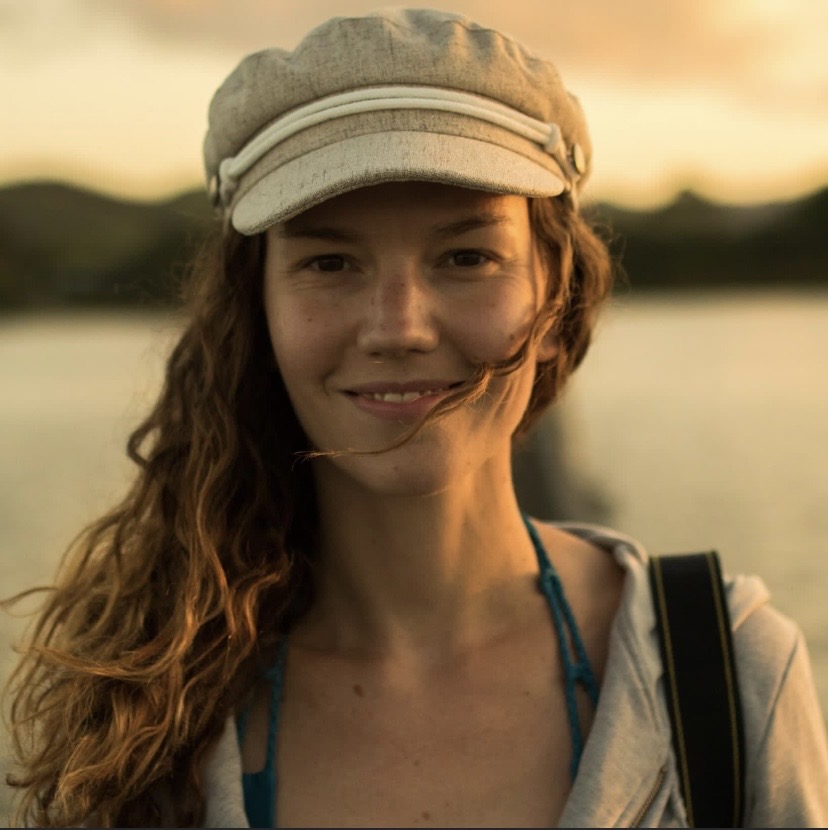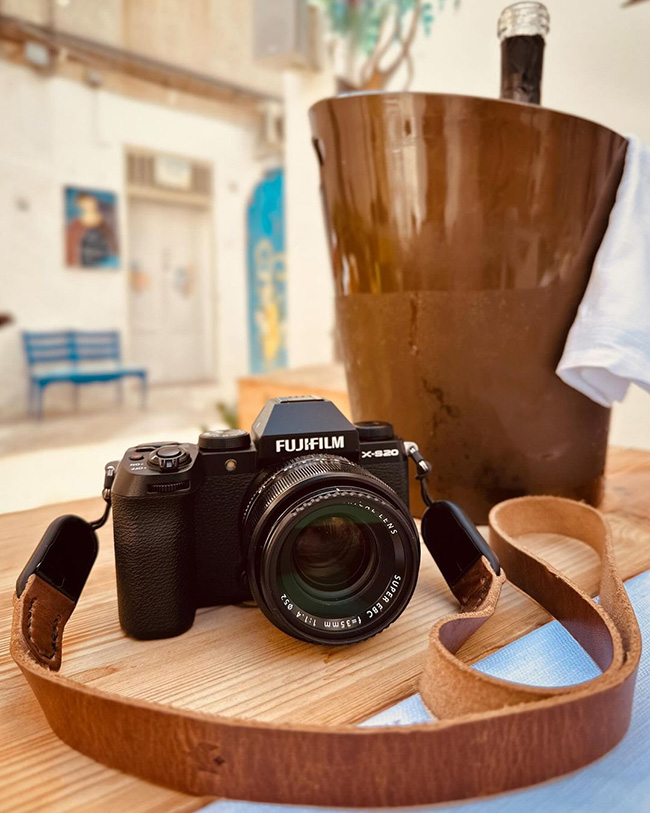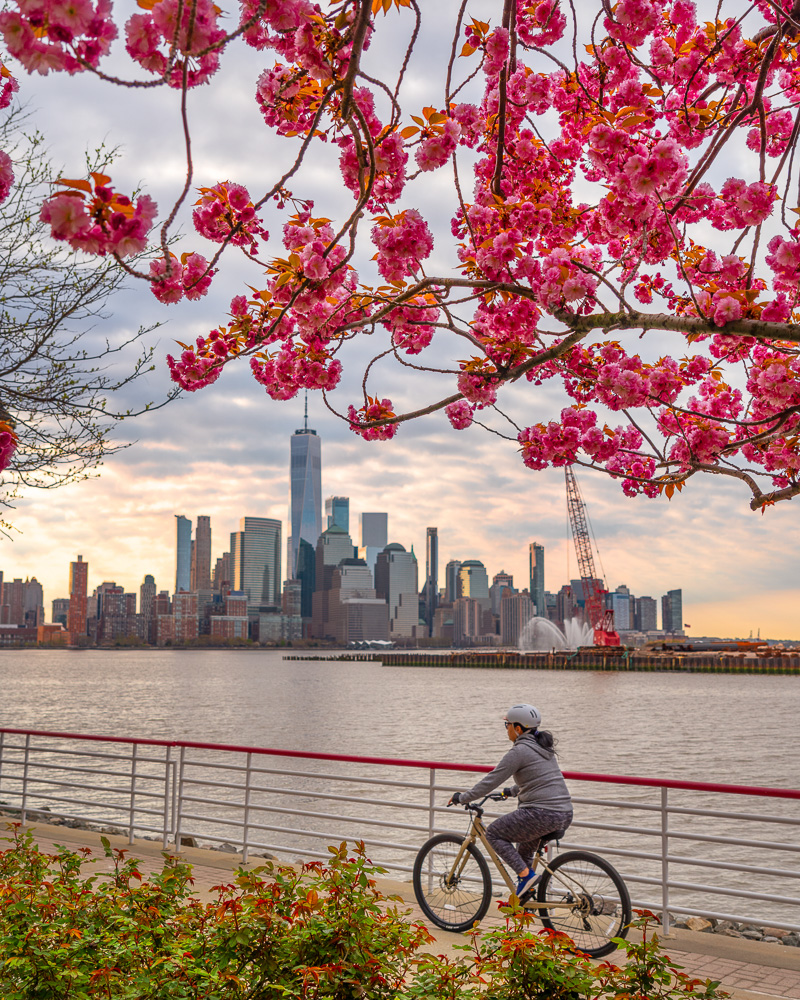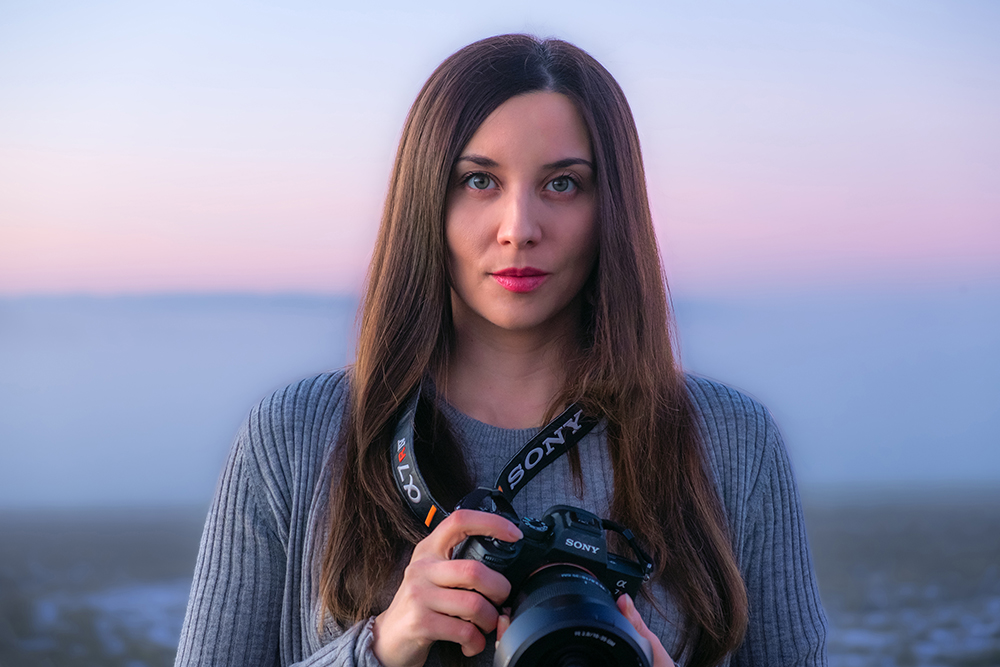
I’ve always believed that one of life’s greatest purposes is to lend a hand, to support, connect, and create something meaningful with others. That’s a core part of who I am.
In my journey to connect with fellow photographers and storytellers, I came across Lana Tannir’s work on Instagram. Instantly, I was captivated. Her images don’t just show the natural world; they speak for it. They hold the kind of quiet power that makes you pause, reflect, and feel deeply connected to something bigger.
What moves me most about Lana’s work is how it aligns with my own mission. While I help others share their stories through interviews, Lana uses conservation photography to protect the very subjects she captures. It’s advocacy through art, and it’s nothing short of inspiring.
So, I won’t say too much more because I’d rather let Lana’s words and vision speak for themselves.
I hope this interview not only informs you, but also ignites something within you to see, to care, and to take action in your own way.
Part 1: Introduction and Purpose
1. Who is Lana Tannir? A Look Into Her Mission, Photography, and Impact.
Lana Tannir is a nature photographer, biologist, and storyteller whose work bridges the gap between science and visual art. Based in Germany, she is passionate about highlighting the delicate relationship between humans and nature, particularly in Arctic and marine environments.
As a National Geographic Explorer, Emerging League member of the International League of Conservation Photographers, and a partner photographer with Girls Who Click, she has spent over a decade documenting these remote regions, aiming to inspire change through education and storytelling.
With a background in both Film & TV production (BFA) and Wildlife Biology & Conservation (M.Sc.), Lana has collaborated with global NGOs, research institutions, museums, and wildlife rescues on a range of impactful projects.
Her work has been showcased in publications such as National Geographic, Terra Mater, Oceanographic Magazine, Sony Alpha Universe, and Sidetracked Magazine.
Lana’s contributions to the field have earned recognition, including an Honorable Mention at the International Photography Awards in 2021 and being named an Emerging Landscape Photographer by National Geographic Germany.
She currently serves on the judging panel for Nature TTL’s Photographer of the Year competition and recently took the TEDx stage to share her insights and passion for conservation photography.
2. How did you first get into nature photography, and what drew you to Arctic and marine environments?
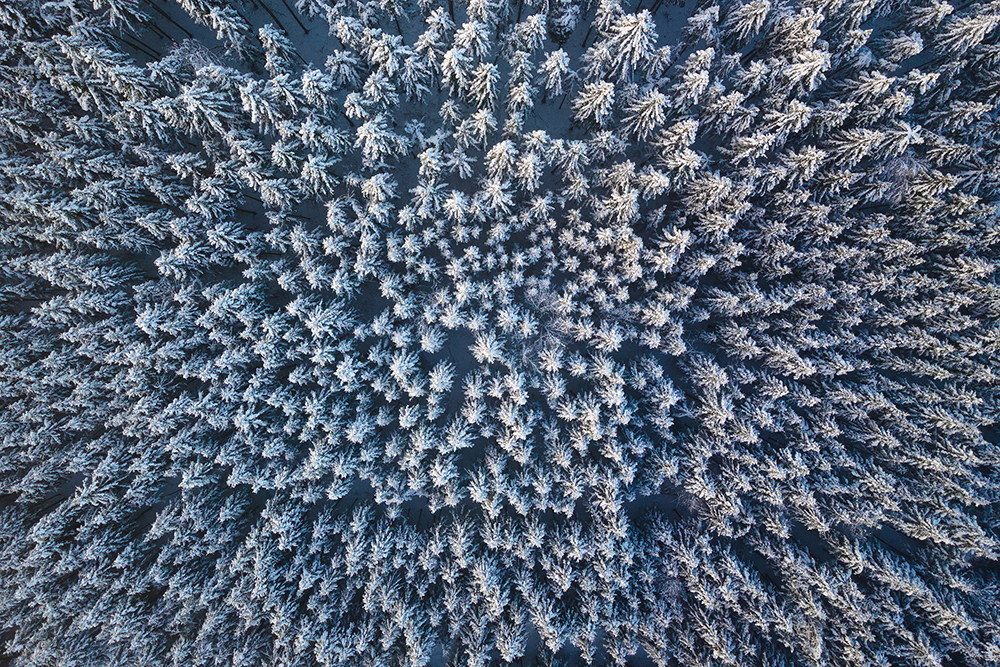
I grew up in rural Germany, where I was exposed to nature at an early age and developed a deep fascination with exploring the mountains, lakes, waterfalls, and forests around me. I was always eager to learn about animals, whether it was rescuing hedgehogs, chasing toads in puddles of mud, or caring for baby birds and bats. When I first got a camera, I wanted to document these surroundings and tell the stories of the wildlife I encountered.
My interest in the Arctic came from reading His Dark Materials by Philip Pullman and dreaming of seeing the northern lights in person. At 24, I booked a ticket to Finnish Lapland, where I spent time during the winter photographing the aurora borealis in a national park.
The remoteness and uniqueness of the region captivated me, and I quickly fell in love with it. As for marine environments, my curiosity was piqued while documenting a project about northern gannets and plastic pollution. I became fascinated by marine wildlife and wanted to explore how these animals are affected by manmade threats.
3. How did your focus evolve from capturing the beauty of nature to using your work as a tool for conservation and environmental advocacy?

My journey started with a deep admiration for the natural world. Initially, I was drawn to the aesthetic beauty of landscapes and wildlife.
But over time, as I spent more time in the field, I began witnessing the silent struggles that many species face. Plastic pollution, habitat loss, the human-wildlife conflict.
One moment that deeply moved me was photographing northern gannets nesting in marine plastic pollution. That encounter was a turning point. I realized I could not just document beauty without acknowledging the threats.
Since then, I have shifted my focus toward creating impactful stories that raise awareness and support conservation efforts on the ground.
4. How do you see your photography bridging the gap between art and science in conservation work?
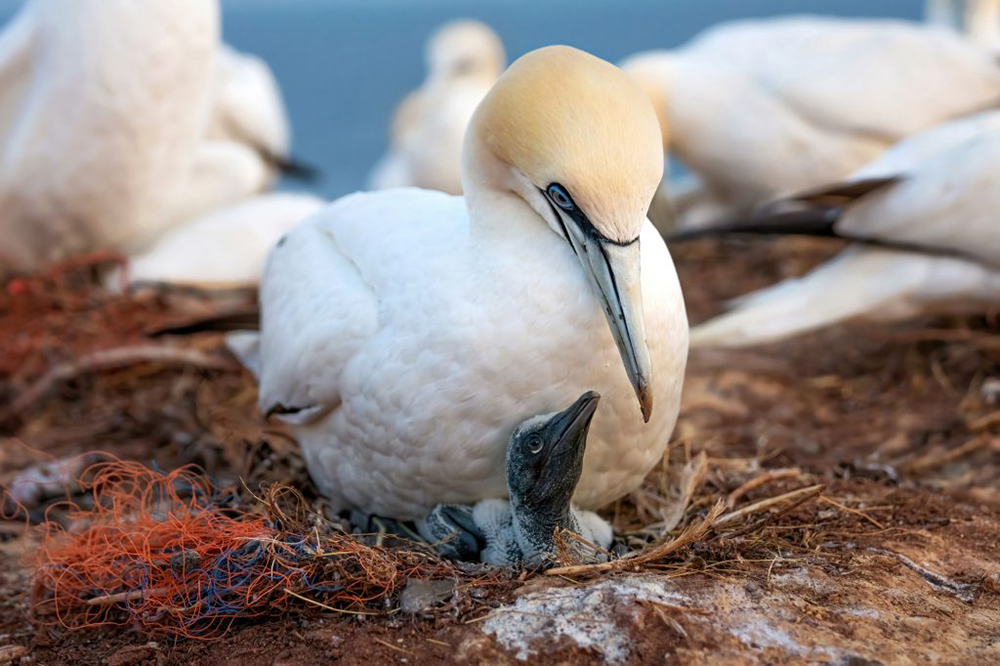
For me, photography is a way to make scientific realities more tangible and emotionally resonant. While data and research are essential to understanding environmental issues, they often do not reach people on a personal level.
Through visual storytelling, I aim to convey the urgency and complexity of these issues in a way that speaks to both the heart and the mind.
By working closely with scientists and conservationists, my aim is to create images that inform, engage, mobilize people to care and hopefully, to act.
5. In your experience, how can conservation photography influence environmental policy or public awareness on a broader scale?
I have found that compelling imagery can cut through complexity and speak to people in ways that facts alone often cannot.
The purpose of my photographs is to spark a conversation, one that leads to awareness, reflection, and, ideally, change.
When someone sees a bird nesting in plastic or a degraded habitat, the emotional impact is immediate. These visuals help people connect to issues they might otherwise overlook.
Over time, such images can build public understanding, support conservation efforts, and create the social pressure necessary to influence policy decisions.
Part 2: Storytelling & Creative Process
6. What’s your approach to storytelling through photography? How do you ensure your images make an impact?
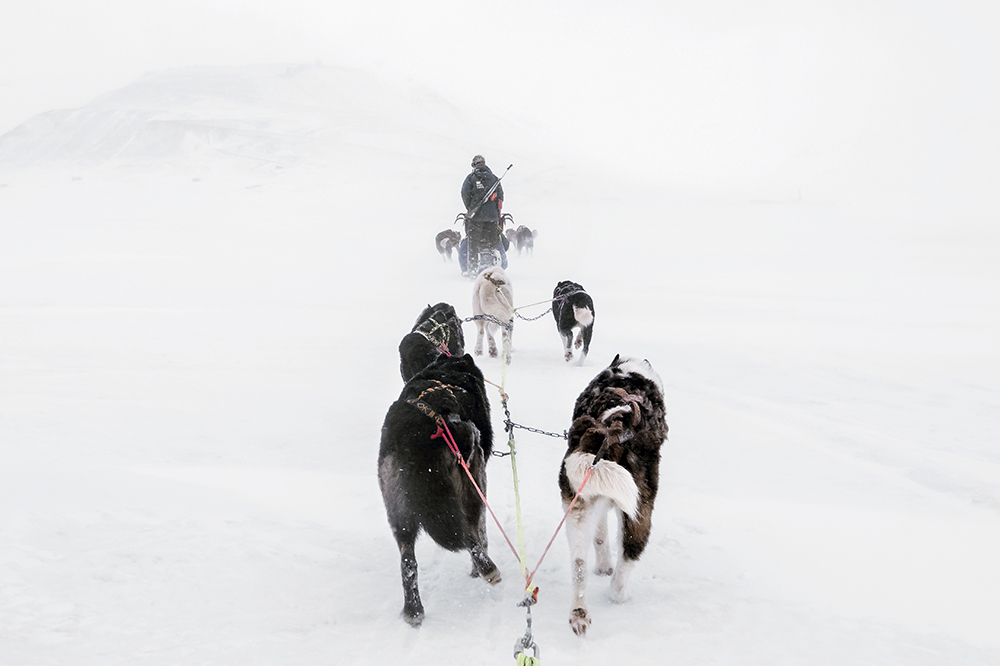
When it comes to storytelling through photography, I spend a lot of time researching and understanding the nuances of the story to ensure I can tell it authentically.
I carefully plan how to present the story through a detailed shot list, considering every element that will help convey the message. I also collaborate with NGOs, scientists, and research institutes to support and highlight their important work, aiming to present it in a way that makes it more accessible to the public. I focus on documenting stories that I am personally curious and passionate about, as this connection is essential to creating meaningful work.
The entire process is coupled with sharing these stories through various platforms – whether through articles, talks, presentations, exhibits, or social media – ensuring that the impact of the story reaches as many people as possible.
7. Many photographers struggle with finding their style. How did you develop your unique approach, and what advice would you give others?
Over time, I consistently found myself drawn to softer, more delicate imagery that highlights the gentler side of nature. Instead of focusing on dramatic moments, I tend to capture subtle details and quiet beauty, which allows for a deeper connection with the subject.
This approach also extends to my conservation photography, where I enjoy working in remote regions and unique environments. In these settings, I focus on placing the emphasis on the subject itself, telling its story through emotion rather than sensationalizing the narrative.
For photographers looking to develop their own style, I recommend experimenting with different approaches and paying attention to what resonates most with them.
Rather than striving for technical perfection, they should think about the emotions they want their images to evoke and how their work can communicate their personal vision. Over time, this consistent focus will naturally lead to a unique and identifiable style.
8. What are some of your most memorable travel experiences while capturing nature and conservation stories? Share one with us!
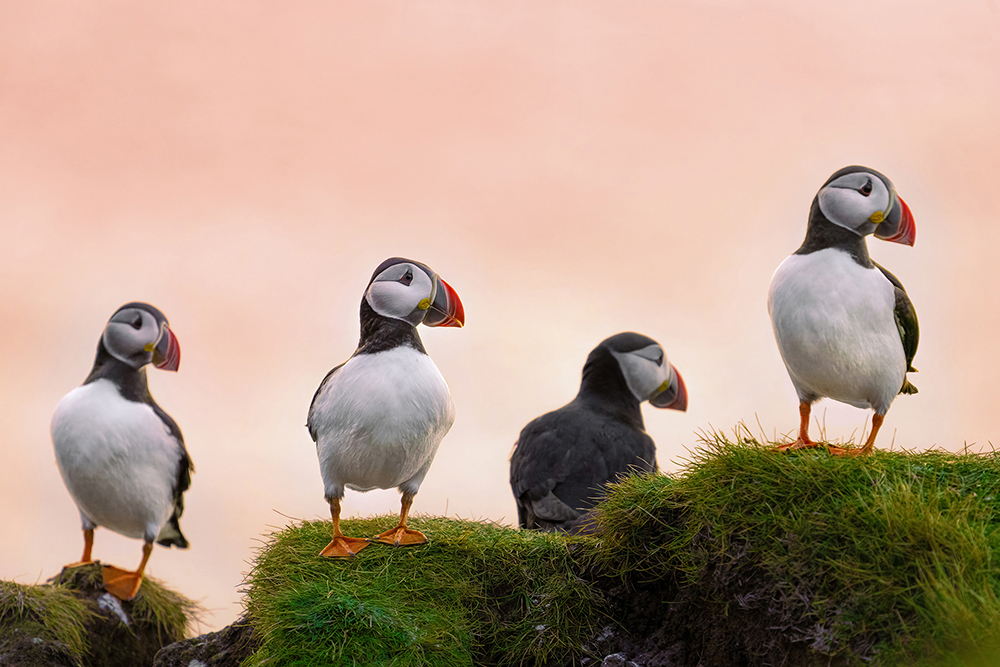
One of my most memorable travel experiences happened quite spontaneously in Iceland. I had been searching for puffin colonies in the Westfjords, but by the time I arrived, the puffins had already migrated to the sea. Just as I was about to give up, I was contacted by a researcher from the Westman Islands, who had heard about my journey. She graciously invited me to visit their puffin rescue station, and I couldn’t have been more excited.
At the station, I had the incredible opportunity to witness and document the rehabilitation of baby puffins, who had been weighed, measured, and carefully nurtured before being released back into the wild. The puffin population is in decline due to threats like climate change, which disrupts their food supply, as well as predation by introduced species and habitat disturbance.
These challenges make the conservation work at the station even more vital. The highlight of my experience was releasing one of the puffins back into nature. Watching this tiny, resilient bird take flight was a powerful and unforgettable moment, reinforcing the importance of conservation and my deep connection to the natural world.
9. What has been your most challenging or rewarding experience while working on a National Geographic expedition?
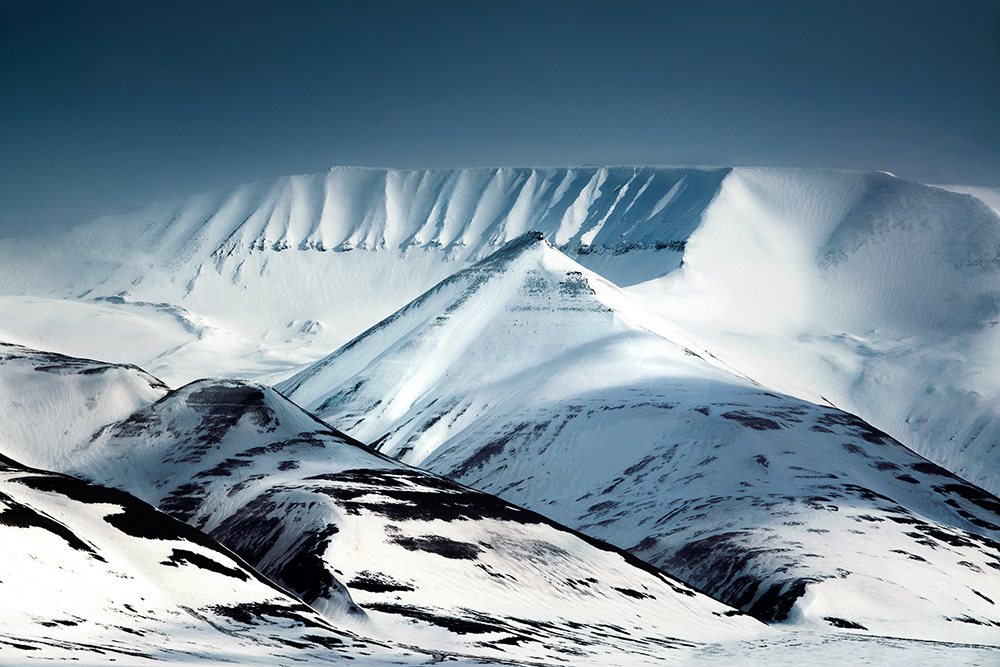
During my three years of documenting harbor porpoise conservation and research as part of my National Geographic grant, I was exposed to a wide range of new photography techniques that I had never encountered before, including underwater photography.
This was a significant learning experience, as I had to adapt quickly and learn by doing, constantly pushing my limits to capture these elusive creatures in their natural environment.
One of the most challenging aspects of this project was telling the story of a species that is incredibly difficult to see in the wild. Harbor porpoises are elusive, and capturing meaningful images required me to dive deep into various aspects of scientific research. I was involved in everything from necropsies and ghost-net retrievals to flying a drone at sea over a fast-swimming group of porpoises.
Each of these activities brought its own set of challenges, but they also gave me invaluable insight into the lives of these animals, enabling me to tell their story in a more comprehensive and impactful way.
The combination of technical skills, scientific knowledge, and a deep emotional connection to the species made this project one of the most challenging, but also one of the most rewarding experiences of my career.
Part 3: Gear and Field Work
10. What are the essential pieces of gear you always bring on your photography expeditions?
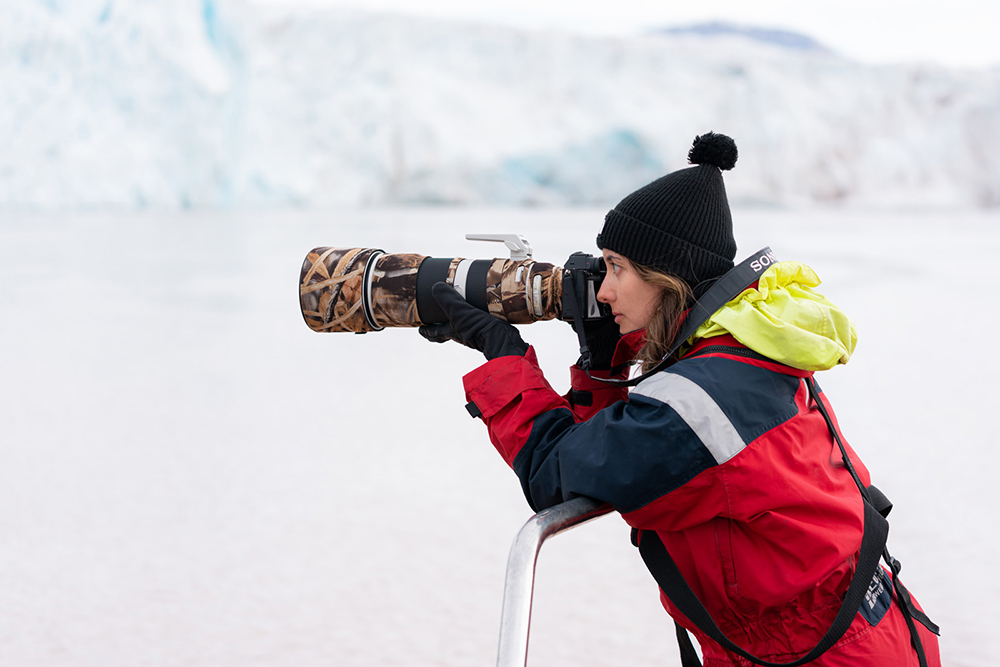
For my photography expeditions, I always bring two cameras (Sony a7R IV), just in case one fails.
I rely on Sony zoom lenses that cover a wide focal length range, from 16mm to 600mm, to ensure flexibility for both wide-angle shots and close-up wildlife photography.
I also bring a 1.4x teleconverter to extend the reach of my lenses when I need a greater zoom range.
A sturdy tripod is essential for long exposures and stable shots. I carry my Rollei LED pocket light for low-light situations, along with my Mavic Air 2 drone for aerial perspectives.
Spare batteries, plenty of SD cards, and hard drives for backing up my photos are always on hand.
Other essentials include a pocket knife, a headlamp for night shoots, and a Røde shotgun microphone for capturing high-quality sound.
11. How do you prepare for photographing in extreme conditions, such as the Arctic? Any must-know survival or gear protection tips?
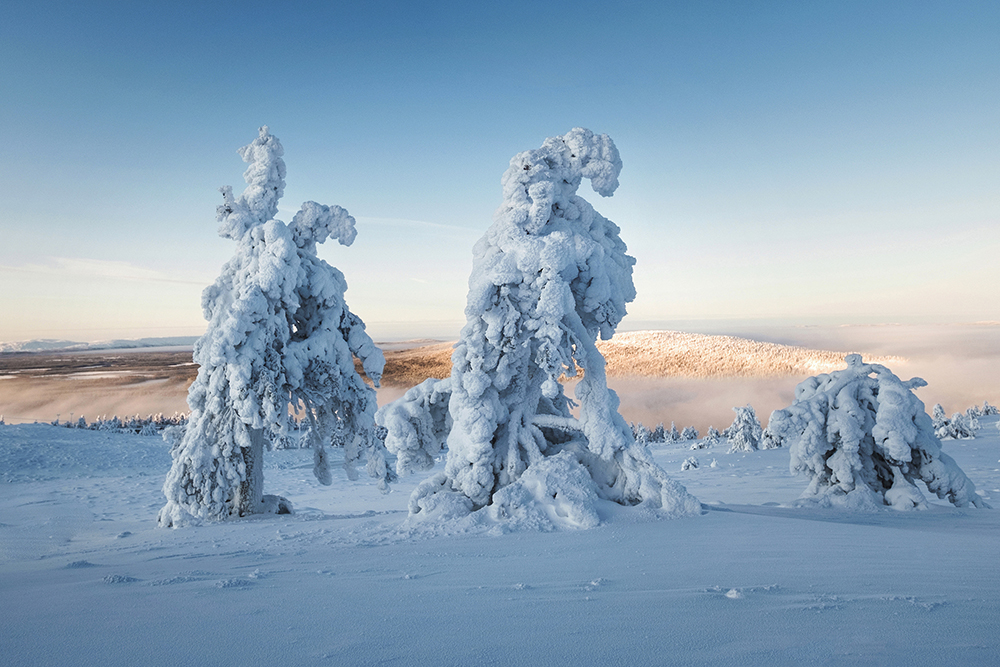
When preparing for photography in extreme conditions like the Arctic, I make sure to have the right attire to stay warm and comfortable. This includes Arctic boots, electrically warmed-socks, warm headgear, multiple layers, and two pairs of gloves to ensure I’m protected from the cold.
I also take precautions for my gear, using neoprene to shield my lenses from external impacts, and I always keep my camera batteries close to my body to prevent them from draining too quickly in the cold.
I never venture into such environments without working with local guides and experts to ensure my safety. Staying physically fit and healthy is also a priority, as it helps me handle the demands of these conditions.
Additionally, I do extensive research on the seasonality and weather patterns of the areas I’m photographing to fully understand the challenges I’ll be facing. As part of my preparation, I’ve also been taking safety training to ensure I know how to respond in emergencies. This careful planning and attention to detail are essential for both staying safe and capturing the best possible images.
Part 4: Technical and Workflow
12. For beginners looking to capture stunning landscapes and wildlife, what camera settings and lenses do you recommend?
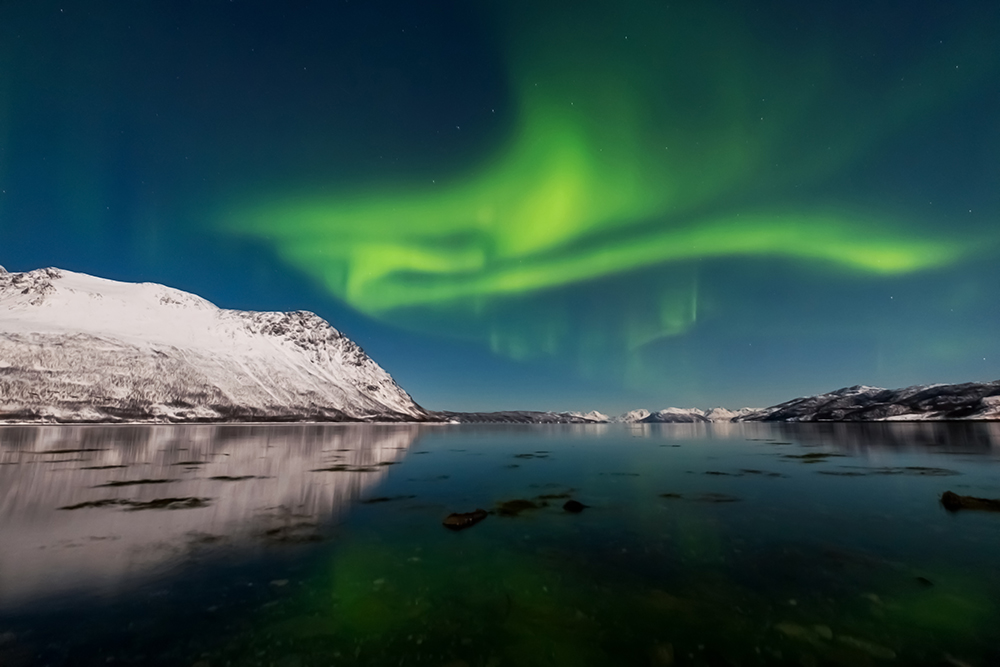
I recommend beginners start with a versatile zoom lens, such as an 16-35mm, which offers flexibility for both landscape and nature photography.
For wildlife, a telephoto lens like a 100-400mm allows for capturing subjects from a safe distance.
In terms of settings, using Auto ISO can be beneficial: set a minimum shutter speed to ensure sharp images, and let the camera adjust the ISO accordingly.
Use a narrow aperture (e.g., f/11) for landscapes to achieve a deep depth of field and a wider aperture (e.g., f/4) for wildlife to isolate the subject from the background.
13. What does your photo editing process look like? Any favorite tools or techniques you swear by?
My editing process begins with careful selection of images that best convey the intended story. I primarily use Adobe Lightroom for global adjustments such as exposure, contrast, and color balance.
For more detailed retouching, I turn to Adobe Photoshop. Maintaining the natural essence of the scene is paramount, so I employ subtle techniques to enhance, rather than alter, the original image. Regular calibration of my monitor ensures color accuracy, which is crucial for consistent results.
14. How do you store and back up your precious images?
I back up my work on high-capacity external hard drives, with additional copies on separate disks stored in different locations to protect against loss.
To safeguard against technical malfunctions, I also keep a copy on LTO tape for long-term data preservation. This multi-layered approach ensures both security and accessibility for my portfolio.
👉 Discover how to protect your work with our complete data storage guide at John Mak Photography.
Part 5: Advice and Legacy
15. For those interested in conservation photography, what steps can they take to get started and make a difference?
Aspiring conservation photographers should start by educating themselves on environmental issues and identifying causes they are passionate about.
Volunteering with local conservation groups provides hands-on experience and valuable connections.
Building a strong portfolio that highlights both technical skills and storytelling is crucial. Sharing work on social media can raise awareness, while collaborating with NGOs helps amplify important messages.
Most importantly, minimizing our own impact on the environment and wildlife ensures that our work aligns with the conservation ethics we promote.
16. What’s one piece of advice you’d give to photographers who dream of traveling the world and capturing extraordinary images?
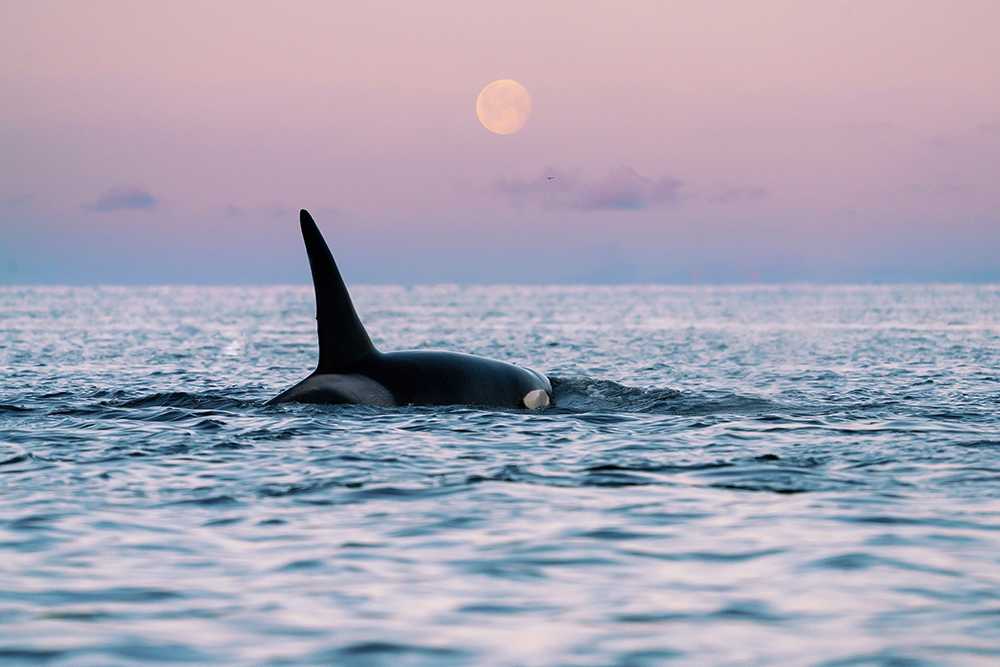
Follow your curiosity and your passion, and continuously work on improving your skills so that you can pursue meaningful partnerships with communities and organizations in the areas you wish to travel to.
By doing so, you’ll be able to document their culture, their stories, and the environments that matter most. But remember, preparation is key.
The more you understand the places, the people, and the conditions you’ll encounter, the better you’ll be able to capture those moments authentically and responsibly.
This combination of passion, skill, and preparation will open doors to incredible opportunities and allow you to create truly impactful work.
Follow Lana Tannir
Discover more of Lana’s stunning photography and conservation work:
🌿 Instagram: @lanatannirphoto
🌍 Website: www.lanatannir.com
Join the Conversation
Did you know that many nature photographers like Lana are on the frontlines of conservation? Through their lens, they don’t just capture beauty, they tell critical stories about endangered species, fragile ecosystems, and the urgent need to protect our planet.
If this interview sparked something in you, we’d love to hear it.
👉 Have you ever thought about how photography can drive environmental change?
👉 Are there local or global conservation efforts you support or want to learn more about?
Drop your thoughts in the comments and share this with someone who loves nature, photography, or simply wants to make a difference.
